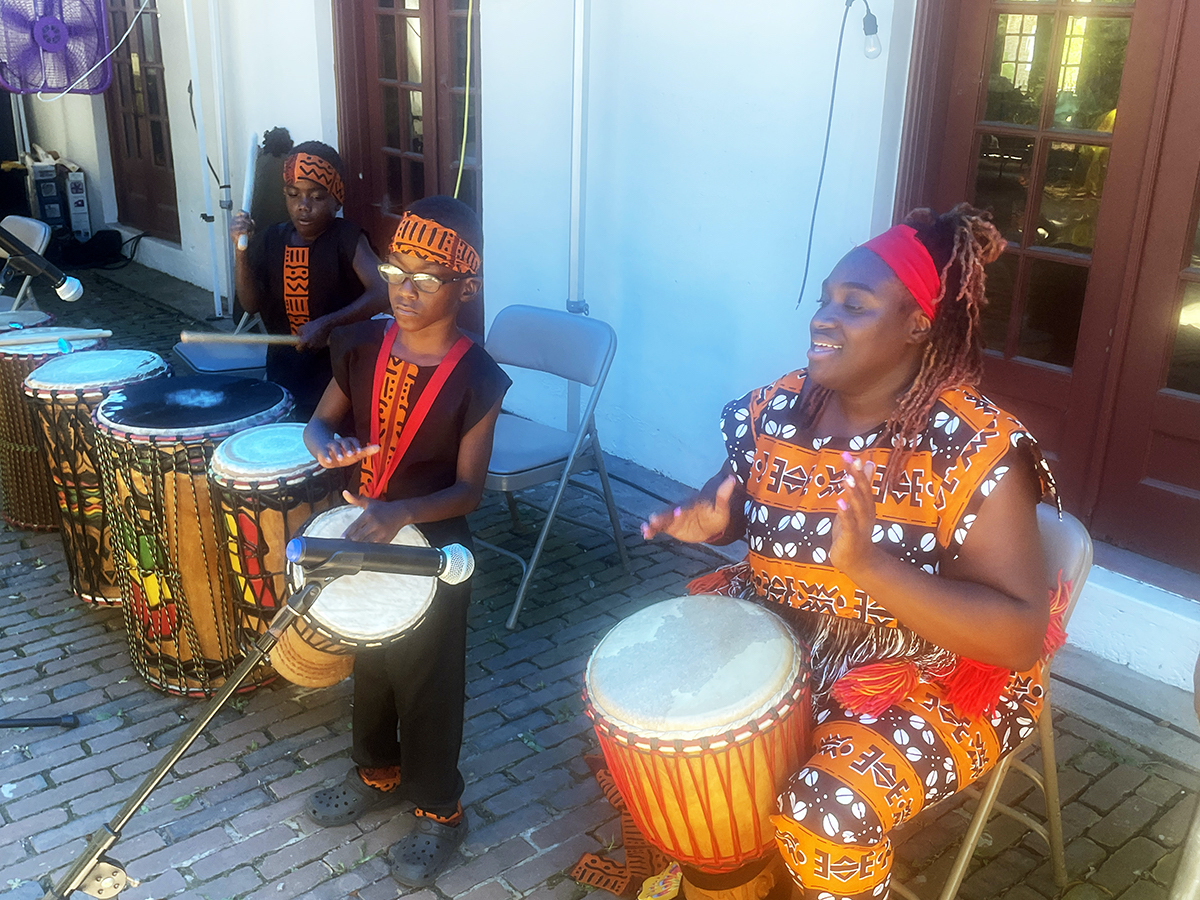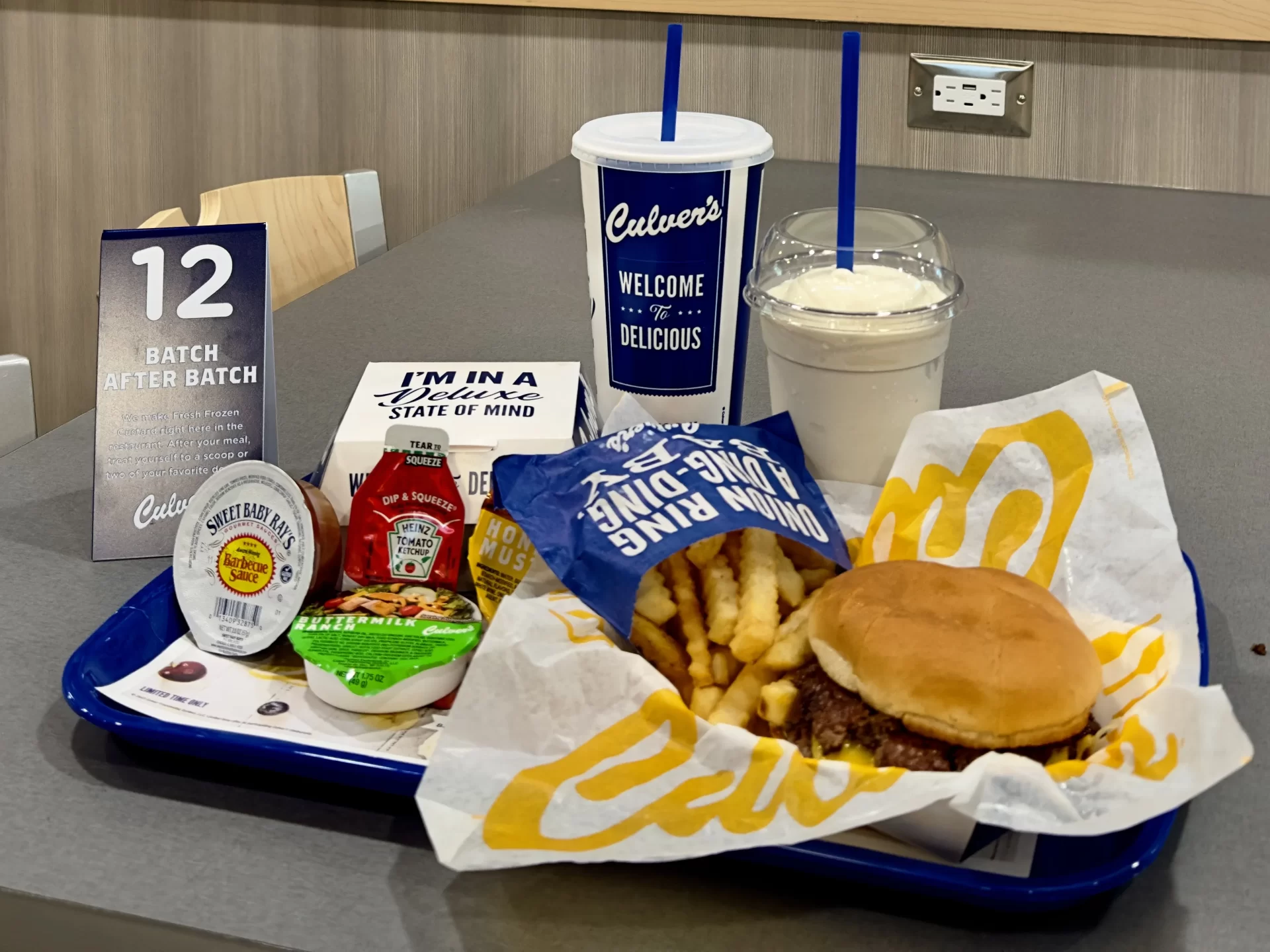By CELIA STRONG
A little concentration will go a long way.
Especially when trying to decipher Pinot Gris wines. Distinguishing Pinot Grigio wines from Pinot Gris wines is easier. But even in Alsace, which is the original “gris” producing area, there are different styles of wines. Pinot Gris and Pinot Grigio are the same variety. But “gris” is the French version of the name and it is, obviously, used in the Alsace region. So “gris” it is.
Alsace wines are strongly influenced by their neighbor across the Rhine River, Germany. For that matter, Alsatian food, architecture and language are also closely tied to Germany.
For centuries, this region passed back and forth between France and Germany. With The Treaty of Versailles in 1919, Alsace was returned to French control and has remained there since. The name Alsace comes from the Old High German “Elisaz” which means foreign domain.
About 90 percent of Alsatian wines are white. From about 40,000 acres of vineyards. These wines come in taller, German Rhine style bottles, legally, and are labeled for their grape variety. A rarity in France.
In recent years, plantings of Pinot Gris have started to increase. Partly because of the popularity of Pinot Grigio. And, partly, because these are such good wines.
Alsatian Pinot Gris wines, in general, are golden yellow in color. Their aromas are rich with smoky notes, dried fruits, apricots, honey, ginger and gingerbread and florals.
Its flavors are also rich with peaches, meyer lemon, ginger and stone fruits. With good acidity levels, they are medium- to full-bodied with great structure, roundness, balance and strength.
And concentration. Definitely, they are more food-friendly.
Famile Hugel (Hugel Family) has produced wines in Alsace for more than 370 years. Thirteen generations of the family, beginning in 1639, with Hans Ulrich Hugel, a Swiss national.
Over all these years, they have established a reputation for passion and a dynamic, modern outlook. They own about 62 acres, over half of them with Grand Cru designation although none of their labels claim this designation. Their wines are produced in several tiers, Classic being the basic.
Hugel Classic Pinot Gris is 100 percent Pinot Gris and stands out for several reasons. It’s easily spotted on shelves by its distinctive label. A French winemaker with a corkscrew for his nose and a bunch of grapes in his hands.
This wine is made from some Hugel estate grapes and from purchased grapes that go through extreme selection processes. All sustainably grown on clay-limestone soils. They are hand picked and taken intact to the presses.
Fermentation is done in temperature-controlled vats with natural yeasts. Minimal intervention in the winemaking process is the rule at Hugel.
The finished wine is rich and full but still dry. Concentrated. Pinot Gris is the most discreet and subtle of their varieties. And, it has the longest aging potential. Its aromas are subtle and soft, but still intense, with ripe fruits (apricots), licorice, some buttery brioche, sesame seed, pistachio and hazelnut. Its flavors echo these aromas along with apples, guava, cinnamon and nutmeg. Think spicy bread pudding made with brioche.
This wine, made by Marc Hugel, is mouth-filling. All these flavors and textures make this wine stand out in your wine memory banks. Without too much concentration.
A Pinot Grigio it is not.






